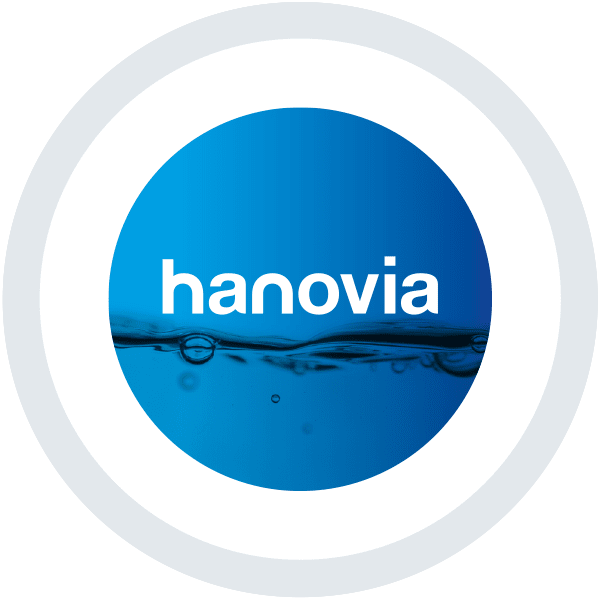Do you drink plastic?
By Dan Shaver

The recently released Orb Media study revealing that around 93% of the bottled water they tested showed ‘some sign of microplastic contamination’, has seen the bottled water industry and leading producers taking a defensive position.
The study examined a total of 259 bottles of water from nine countries and 11 different brands, including water from both glass and plastic containers provided by the same source. The test involved a fluorescent dye, that attaches itself to polymeric material, to highlight particles >100 um (the diameter of a human hair). .
The International Bottled Water Association (IBWA) and several major producers responded to the study, saying that, `while microplastic is an emerging issue and a concern, the study has a number of issues, was not peer reviewed and took preconceived positions on issues’.
Food and beverage industry has some of the most stringent quality standards, as you can imagine contamination of any kind is a concern. The process water they use in their drinks is subject to multi-step filtration and disinfection processes prior to production.
These are highly engineered water quality delivery systems, that are not just to ensure control of the internal contaminants that could enter the production process, such as those described in the Orb Media study, but also to thwart contaminants that could enter from external sources.
Many beverage-producing facilities receive water destined for use in final products just in the same way as you and I do – from a municipal water source. Municipal water facilities are subject to a stringent treatment regime to ensure public safety, however that does not mean the processes in place are foolproof. Water treatment plants can have equipment malfunctions, water main breaks, algae blooms and a host of events that can lead to the possibility of contamination and the introduction of waterborne diseases.
The World Health Organization (WHO) has declared waterborne disease to be the world’s leading killer, with some 3.4 million people dying each year as a result of water related diseases.
Some may think that the United States is immune from these issues, but in 2013-14 [AC1] the CDC (Centers for Disease Control and Prevention) reported there were 42 drinking-water-associated outbreaks in the US caused by infectious pathogens, chemicals or toxins. Of those 42 outbreaks, there were 1,006 cases of illness, 124 hospitalizations and 13 deaths. The problem also appears to be increasing, with the number of reported incidents in that period increasing from the 32 outbreaks in 2011-12[AC2] .
All 13 deaths in 2012-14 were due to legionella.
Another surprising statistic is that 75% of the 1,006 cases were linked to community water systems, which are government-regulated. The CDC report revealed that cryptosporidium or crypto, a parasite that causes a diarrheal illness, caused five of the outbreaks, whilst giardia, another parasite responsible for diarrheal illness, caused three further outbreaks.
Among those incidents classified as `environmental exposure outbreaks’, eight involved human-made systems, such as cooling towers and decorative fountains.
Many industry experts feel the number of cases will rise significantly due to underground water pipes nearing the end or being well past their estimated life span. The American Society of Civil Engineers estimates that there are roughly 240,000 water main breaks every year and according to the American Water Works, 44 percent of America’s water infrastructure is considered as being poor.
While Orb Media state in their report that “scientists don’t really know yet” what impact plastic particles have on our health, it is an area of concern for beverage producers, the IBWA and WHO. This emerging concern about exposing consumers to plastic on a daily basis, coupled with the already faltering water infrastructure, raises questions as to what more can be done and how quickly solutions can be put in place? Until then it falls to the general public to ask questions, demand answers and insist that anything we consume is properly treated using the most advanced filtration and disinfection methods.
The full Orb Media study can be found at https://orbmedia.org/stories/plus-plastic.





 沪公网安备 31011202013557号
沪公网安备 31011202013557号